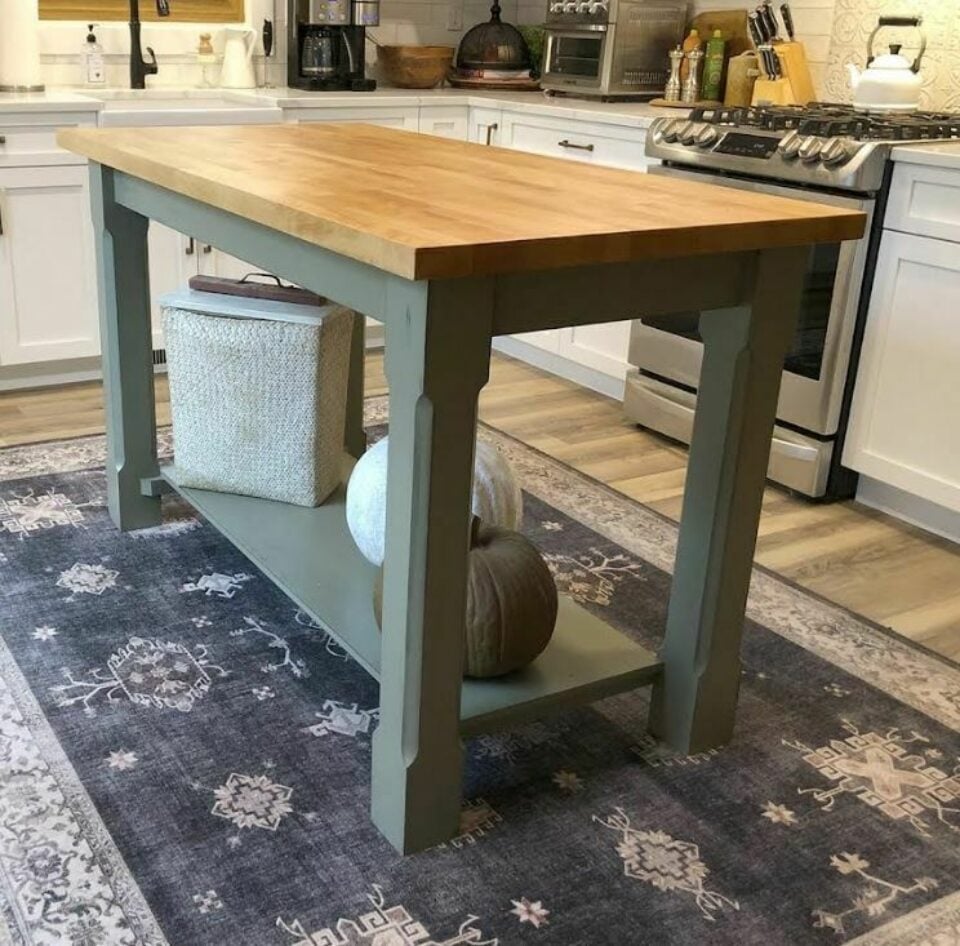Important Tips for Picking the Perfect Kitchen Island Leg for Your Home
Important Tips for Picking the Perfect Kitchen Island Leg for Your Home
Blog Article
The Value of a Sturdy Kitchen Area Island Leg in Producing a Functional Cooking Area
A durable kitchen area island leg serves as a basic component in establishing a useful cooking setting, giving required support for both the counter top and different kitchen area activities. As kitchens develop right into multifunctional locations for food preparation, dining, and mingling, the selection of materials and layout considerations for island legs comes to be significantly important.
Benefits of Sturdy Island Legs
Supplying necessary assistance, sturdy cooking area island legs play a pivotal function in improving the functionality and longevity of kitchen area islands - kitchen island leg. These legs not only bear the weight of the counter top and any kind of extra things positioned on the island, however additionally contribute to the total stability of the framework. A well-supported cooking area island makes sure that it stays practical and upright, also under heavy use, which is specifically essential in busy kitchen settings
Furthermore, tough island legs can improve the visual allure of the kitchen. They supply a solid structure that can match numerous style styles, from modern to traditional. This adaptability enables property owners to customize their cooking area islands according to individual taste while making sure that the architectural integrity continues to be uncompromised.
In addition to their supportive duty, durable cooking area island legs can additionally enhance safety and security. A stable island minimizes the threat of accidents brought on by tipping or tottering, which is particularly important in homes with youngsters or elderly individuals. Furthermore, strong legs can promote a smooth circulation of activities, allowing for effective meal prep work and social communications within the kitchen area room. Inevitably, purchasing sturdy kitchen area island legs is vital for a useful and aesthetically pleasing cooking location.
Materials for Kitchen Island Legs
When picking products for cooking area island legs, durability and visual appeal are critical factors to consider,. The most typical materials include wood, steel, and crafted timber, each offering distinct advantages.
Wood, such as cherry, oak, or maple, is a traditional selection because of its stamina and ageless elegance (kitchen island leg). It can withstand significant weight and is immune to wear, making it suitable for high-use cooking area atmospheres. In addition, wood can be tarnished or painted to enhance different kitchen designs
Steel legs, often crafted from stainless-steel or wrought iron, supply a contemporary and commercial look. They are extremely solid and can sustain substantial lots while being immune to wetness and heat, which is beneficial in a cooking area. Steel legs can additionally be conveniently cleansed, improving their usefulness.

Design Considerations for Security
The choice of products for kitchen area island legs straight affects the style factors to consider for security. When making a kitchen island, it is critical to assess the weight-bearing capacity of the selected products. Heavier materials, such as strong wood or steel, usually provide higher stability, specifically under the anxiety of everyday use.
In addition, the leg layout have to include proper geometry to improve company website stability. A larger base boosts the support location, minimizing the danger of tottering or tipping. Consideration must additionally be offered to the elevation of the legs; out of proportion leg lengths can cause imbalance, endangering the overall security of the island.
Additionally, the circulation of weight throughout the island is vital. Guaranteeing that the leg placement straightens with the heaviest elements, such as counter tops and devices, will certainly even more improve stability.
Upkeep Tips for Longevity

Depending on the material of the legs-- whether timber, steel, or composite-- ideal cleansing approaches should be employed. Metal legs might call for a light polish to avoid rust and keep their gloss.
Additionally, tightening up bolts and screws on a regular basis can ensure stability and stop wobbling. If the kitchen area island experiences heavy use, consider enhancing the legs with extra brackets or sustains to improve sturdiness. Using a safety surface or sealant can protect versus dampness and stains, extending the lifespan of the legs. By following these upkeep pointers, property owners can guarantee their kitchen area island legs continue to be robust and useful for several years to come.
Choosing the Right Leg Style
Routine maintenance guarantees that kitchen area island legs stay practical and durable, but picking the best leg style is equally essential for both visual appeals and support. The option of leg style can dramatically affect the general design and harmony of your kitchen.

Performance is another vital element. Thicker legs or those with a tough base can support heavier countertops and tools, boosting the island's energy. On the other hand, slim legs may develop an airy appearance, ideal for lighter styles yet possibly much less helpful.
Verdict
In recap, the relevance of durable kitchen island legs can not be overemphasized in the creation of a functional cooking area. These legs offer important support, improve stability, and add to the total visual of the cooking area.
A tough kitchen island leg offers as a basic part in developing a practical cooking setting, giving essential support for both the counter top and numerous cooking area tasks.Supplying necessary support, strong cooking area island legs play a critical function in improving the performance and durability of cooking area islands. Ultimately, investing in sturdy kitchen island legs is necessary for a useful and aesthetically pleasing cooking area.
Consideration ought to likewise be provided to the height of the legs; out of proportion leg sizes can lead to imbalance, endangering the overall stability of the island.
Wood legs offer heat and a classic appearance, while metal legs use a commercial and contemporary feel.
Report this page